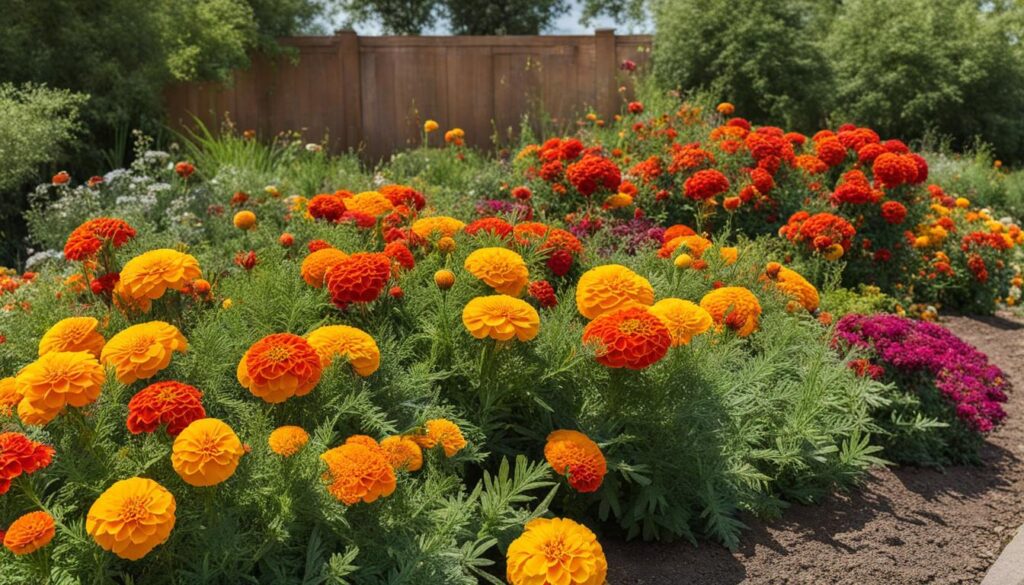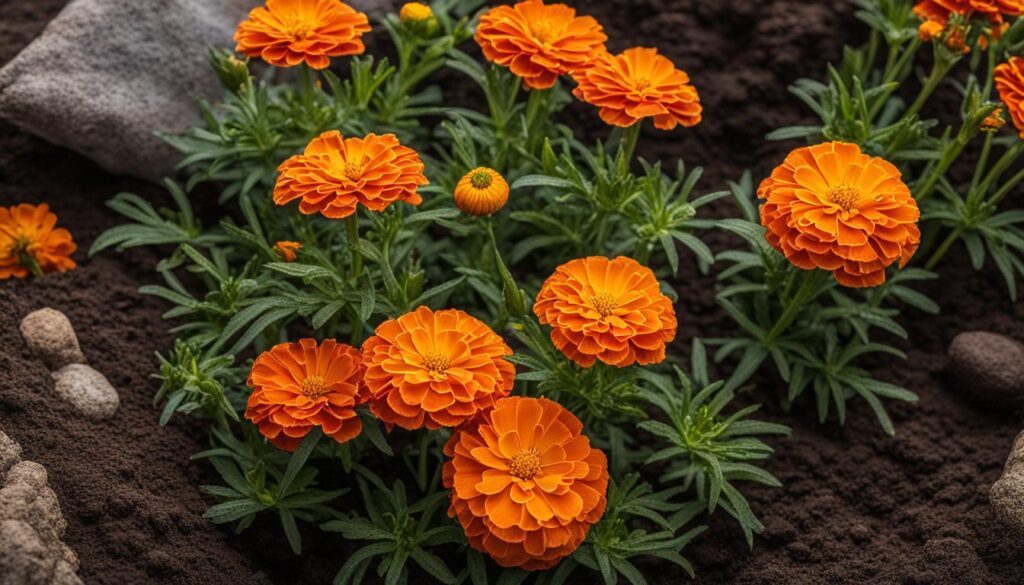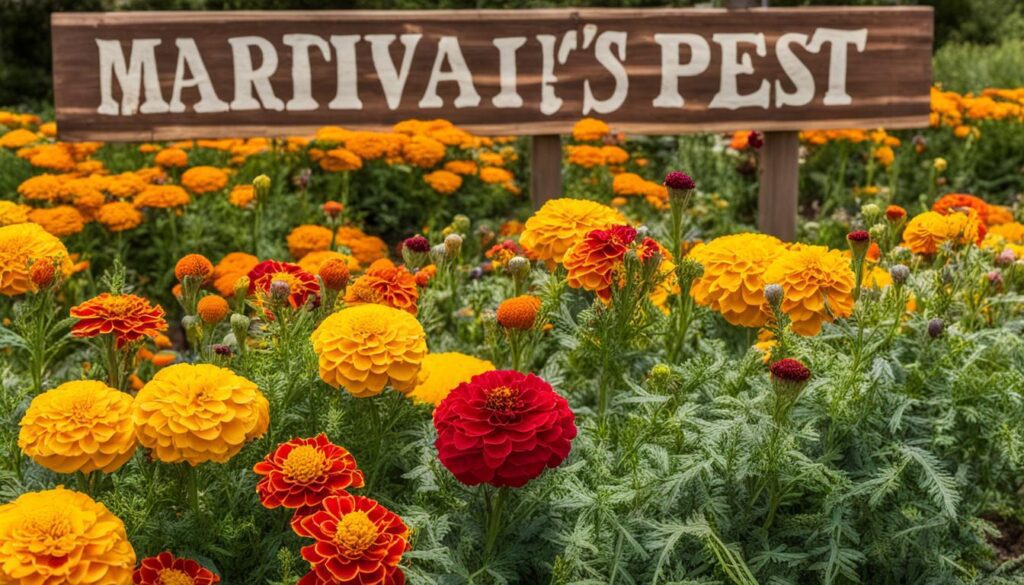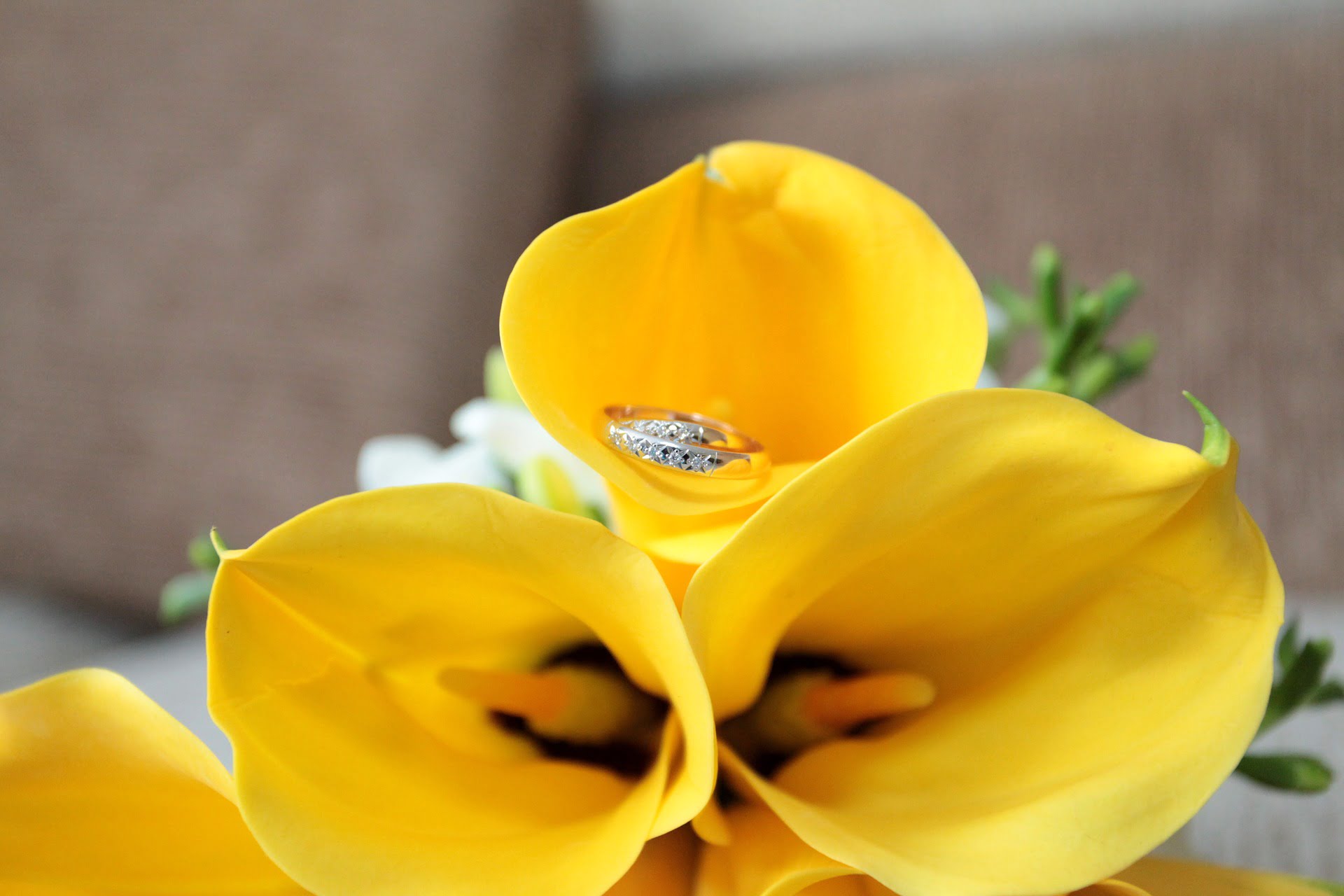Welcome to our guide on gardening and the perennial nature of marigolds. If you’re a gardening enthusiast or simply interested in adding marigolds to your garden, you may be wondering whether they are perennials or annuals. In this article, we will explore the different types of marigolds, their growth habits, and provide tips on growing and caring for these beautiful flowers.
Key Takeaways
- Marigolds can be both perennials and annuals, depending on the species and variety.
- French marigolds and African marigolds are commonly planted annual varieties, while Mexican marigolds and mountain marigolds are perennials.
- Marigolds are easy to grow, requiring minimal care and can be grown from seeds.
- They offer several benefits in the garden, including pest repellent properties and attracting pollinators.
- Marigolds can tolerate a wide range of climates, but may require winter protection in colder regions.
Types of Marigolds: Annual vs Perennial Varieties
Marigolds come in various types, each with its own growth habit. Understanding the distinction between annual and perennial marigolds can help you choose the right variety for your garden. Here are the main differences:
- Annual Marigolds: French marigolds and African marigolds fall under this category. They complete their life cycle within a single year, sprouting, growing, flowering, and dying all in that time frame. However, they have the ability to self-seed, meaning they drop seeds that can germinate in subsequent years. While they may exhibit some perennial-like behavior, they are commonly treated as annuals.
- Perennial Marigolds: Mexican marigold, mountain marigold, and signet marigold are examples of perennial marigolds. These varieties have the potential to come back year after year, depending on the climate and growing conditions. Perennial marigolds may require specific care, such as winter protection, to survive colder temperatures and ensure their continued growth.
When selecting marigolds for your garden, consider whether you prefer the reliability of annuals or the potential longevity of perennials. Both types offer beautiful blooms and can add vibrant colors to your outdoor space.
“Annual marigolds bring instant pop and color to any garden, while perennial marigolds provide a long-lasting presence and a sense of continuity year after year.” – Gardening Expert
Choosing the Right Marigold for Your Garden
With the various types of marigolds available, it’s essential to choose the right one for your garden. Consider factors such as climate, growing conditions, and your own gardening preferences. Annual marigolds are excellent for adding bursts of color to beds, borders, and containers. They are relatively low maintenance and can thrive in most soil types. Perennial marigolds, on the other hand, require more care and attention but offer the potential for long-term beauty and return blooms.
Ultimately, the choice between annual and perennial marigolds comes down to personal preference and the specific needs of your garden. Whichever variety you choose, marigolds will bring joy and vibrancy to your outdoor space.
Growing Marigolds: Tips and Tricks
Marigolds are a popular choice for gardeners due to their vibrant colors and ease of care. Whether you are a beginner or an experienced gardener, here are some tips and tricks to help you successfully grow marigolds.
Choose the Right Seeds
When it comes to growing marigolds, selecting the right seeds is crucial. Look for high-quality seeds from reputable suppliers to ensure healthy and vigorous plants. You can find a wide variety of marigold seeds, including different colors, sizes, and flower forms. Consider the specific needs and characteristics of each variety before making your selection.
Planting and Care
To start growing marigolds, you can either sow the seeds directly in the ground or start them indoors and transplant them later. If planting outdoors, make sure the soil is well-drained and amend it with organic matter if necessary. Marigolds thrive in full sun but can tolerate some shade. Water the plants regularly, keeping the soil moist but not waterlogged. Be mindful of overwatering, as marigolds prefer slightly drier conditions. Deadhead the flowers by removing spent blooms to encourage continuous blooming.
Pest Control and Maintenance
Marigolds are known for their pest-repellent properties, making them a great addition to any garden. Planting marigolds alongside other plants can help deter pests such as aphids, nematodes, and whiteflies. However, be watchful for common marigold pests like spider mites and caterpillars, and take appropriate measures if necessary. Regularly inspect the plants for any signs of disease or nutrient deficiencies. Applying a balanced fertilizer can promote healthy growth and vibrant blooms. Marigolds are relatively low-maintenance and can tolerate different soil types, making them an excellent choice for both beginner and experienced gardeners.
The Benefits of Marigolds in the Garden
Marigolds offer numerous benefits that make them a valuable addition to any garden. Here are some of the advantages of growing marigolds:
- Companion plants: Marigolds are excellent companion plants for vegetables as they can help repel pests. The strong scent of marigolds acts as a natural deterrent for deer, rabbits, and certain insects, reducing the risk of damage to your crops.
- Attract pollinators: Marigolds are known for attracting pollinators like bees and butterflies. These beneficial insects play a crucial role in the pollination of your plants, leading to improved yields in your garden.
- Pest repellent: In addition to repelling pests that can damage your crops, marigolds also have pest-repellent properties that can protect other plants in your garden. The strong fragrance of marigolds can help deter a wide range of pests, making them a natural and non-toxic alternative to chemical pesticides.
Marigolds: A Natural Pest Control Solution
According to gardening expert Jane Smith, “Marigolds can be an effective natural pest control solution in the garden. Their scent masks the smell of other plants, making it difficult for pests to locate their preferred food sources. This can help reduce pest infestations and the need for chemical interventions.”
“Marigolds have been used for centuries as companions to a variety of crops. Their ability to repel pests and attract beneficial insects is well-known among experienced gardeners.” – Tom Johnson, Master Gardener
Furthermore, marigolds are relatively low-maintenance plants that require minimal intervention from gardeners. They are drought-tolerant once established and can add vibrant color to your garden. The edible flowers of marigolds can also be used as attractive garnishes in cooking, adding both beauty and flavor to your dishes.
Overall, marigolds are a versatile and beneficial plant that can enhance your garden in multiple ways. Whether you’re looking to repel pests, attract pollinators, or simply add a pop of color to your outdoor space, marigolds are an excellent choice.
Marigolds and Climate: Where Can They Grow?
Marigolds are versatile flowers that can thrive in a wide range of climates, making them a popular choice for gardeners across the United States. Understanding the climate requirements of marigolds is key to successfully growing these vibrant and beautiful plants in your own garden.
Marigolds are well-suited to warmer climates and prefer full sun exposure. They are most commonly grown in USDA Hardiness Zones 2 to 11, which cover a majority of the country. Whether you live in a hot and humid region or a dry and arid area, marigolds can adapt to different environmental conditions.
When selecting marigolds for your garden, it’s important to consider your specific climate and growing conditions. In colder regions with harsh winters, marigolds are typically grown as annuals or started from seeds each year. However, in milder climates with mild winters and protected microclimates, marigolds have the potential to exhibit perennial behavior and return year after year.
Growing Marigolds in Different Zones:
- In colder zones (2-6), marigolds are typically grown as annuals and should be replanted each year to enjoy their vibrant blooms. Starting marigolds from seeds indoors and transplanting them outdoors after the last frost date can help extend their growing season.
- In moderate zones (7-8), marigolds can be grown as both annuals and perennials. They may return year after year, especially if provided with some winter protection. Adding mulch around the plants and covering them during freezing temperatures can help increase their chances of survival.
- In warmer zones (9-11), marigolds can be grown as perennials and may exhibit a true perennial behavior. With proper care and maintenance, they can provide years of color and beauty in the garden.
Winter Care for Marigolds
In colder regions, marigolds are not frost-tolerant and may require some extra care to survive the winter months. Protecting marigolds from frost is essential to ensure their longevity and return in subsequent years. Here are some tips for winter care for marigolds:
1. Mulch the soil: Before the first frost, apply a layer of mulch around the base of the marigold plants. This will provide insulation and protect the roots from extreme temperatures.
2. Cover the plants: On particularly cold nights, cover the marigolds with a frost cloth or blanket. This will help trap heat and prevent frost from reaching the plants.
3. Use heat lamps: In areas with extremely cold winters, consider using heat lamps or other supplemental heating methods to keep the marigolds warm. Place the heat source near the plants and ensure it doesn’t pose a fire hazard.
4. Provide winter protection: If you’re growing marigolds in containers, move them to a sheltered area, such as a garage or greenhouse, during the winter months. This will provide additional protection from the cold.
Conclusion
In conclusion, marigolds are versatile plants that can be both perennials and annuals, depending on the species and growing conditions. The most commonly planted marigolds, French marigolds, and African marigolds, are treated as annuals. However, they have the ability to self-seed and come back in subsequent years, giving them the appearance of perennials.
On the other hand, there are marigold varieties, such as the Mexican marigold and mountain marigold, that are true perennials and can return year after year. These perennial marigolds may require specific care, such as winter protection, to survive colder temperatures.
Regardless of whether you choose annual or perennial marigolds, they offer numerous benefits in the garden. They act as companion plants, repelling pests and attracting pollinators like bees and butterflies. Marigolds also add vibrant color to your garden and can be used as edible garnishes in cooking. With their low-maintenance nature and versatility, marigolds are a beautiful addition to any garden.
– Are Marigolds Perennial and Attract Insects?
Yes, marigolds are perennial flowers that can attract insects. Their bright colors and distinct scent make them popular among bees, butterflies, and other insects attracted to marigolds. These flowers not only add beauty to a garden but also help in pollination and pest control.
FAQ
Are marigolds perennials or annuals?
Marigolds can be both perennials and annuals, depending on the species and variety.
What are the most common types of marigolds?
The most commonly planted types of marigolds are French marigolds and African marigolds.
How do I grow marigolds?
Marigolds can be grown from seeds, either directly sown in the ground or started indoors and transplanted.
What are the benefits of planting marigolds in my garden?
Marigolds can repel pests, attract pollinators, add vibrant color, and serve as companion plants.
Where can marigolds grow?
Marigolds can grow in a wide range of climates, from USDA Zones 2 to 11, but prefer warmer climates.
How do I protect marigolds from frost during winter?
Mulching the soil and covering the plants can help insulate marigolds and protect them from frost.












